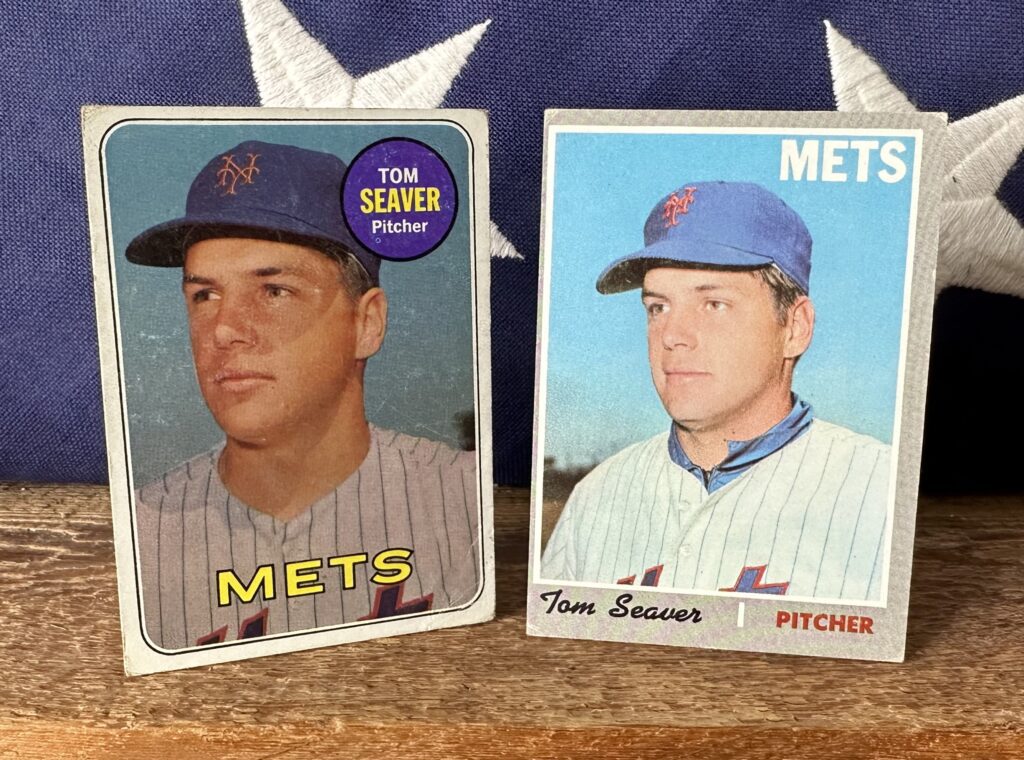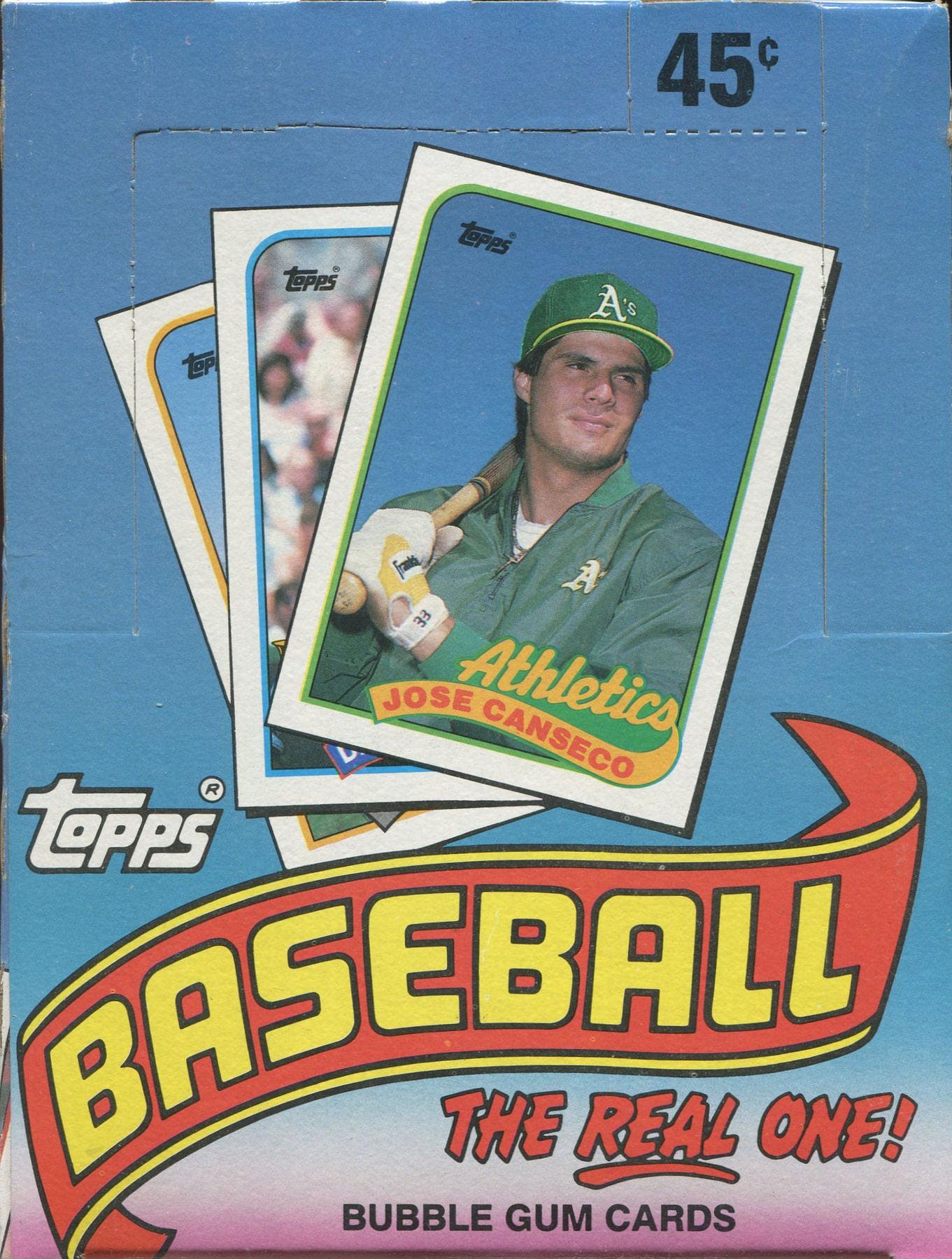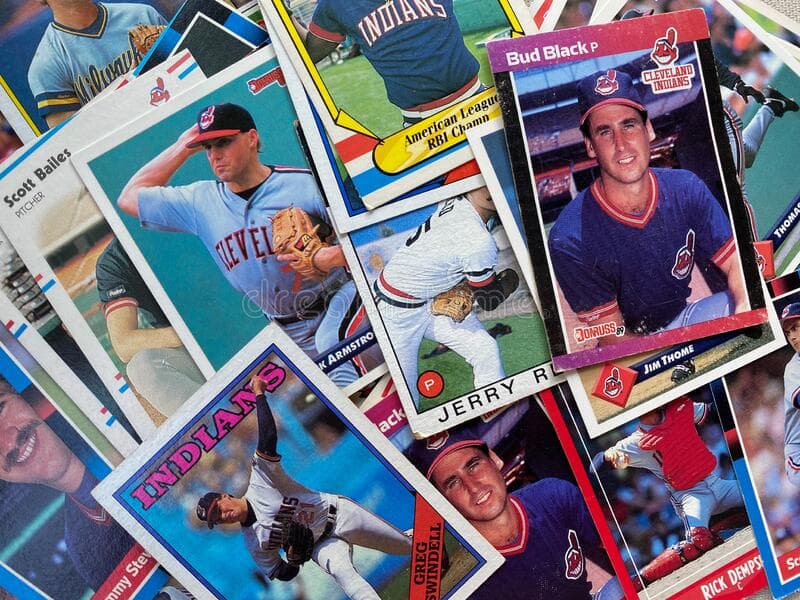Preparing Your Collection for Sale: Tips for Grading and Pricing
Before selling your baseball cards, it’s essential to prepare your collection by grading and pricing each card accurately. Grading involves evaluating the condition of the card, including its centering, corners, edges, and surface quality. The most widely used grading system is the Professional Sports Authenticator (PSA) grading scale, which ranges from 1 to 10, with 10 being the highest grade.
To grade your cards, start by examining each card carefully, looking for any flaws or defects. Check the card’s centering, making sure it’s evenly aligned and not off-center. Next, inspect the card’s corners, edges, and surface, looking for any creases, bends, or scratches. Finally, check the card’s authenticity, making sure it’s not a reprint or a fake.
Once you’ve graded your cards, it’s time to price them. Research the market value of each card by checking online price guides, such as Beckett Grading Services or PSA CardFacts. You can also check completed listings on online marketplaces like eBay or COMC to see what similar cards have sold for. Keep in mind that the condition, rarity, and authenticity of the card will all impact its value.
When pricing your cards, be realistic and take into account the costs of selling, such as shipping and fees. You want to make sure you’re pricing your cards competitively, but also making a profit. Consider getting your cards professionally graded and authenticated, as this can increase their value and credibility.
By accurately grading and pricing your baseball cards, you’ll be able to showcase your collection in the best possible light and attract potential buyers. Remember, the key to selling your baseball cards is to provide accurate and detailed information about each card, including its condition, rarity, and authenticity.
How to Sell Baseball Cards Online: A Step-by-Step Guide
Selling baseball cards online can be a convenient and profitable way to turn your collection into cash. With the rise of online marketplaces and social media, it’s easier than ever to connect with potential buyers and showcase your cards. But where can you sell baseball cards online, and how do you get started?
The first step in selling baseball cards online is to choose a platform. Popular options include eBay, COMC, and Sportslot. Each platform has its own fees, rules, and target audience, so it’s essential to research and choose the one that best fits your needs.
Once you’ve chosen a platform, it’s time to create a listing. This involves writing a detailed and accurate description of the card, including its condition, rarity, and authenticity. You’ll also need to set a competitive price, based on the card’s market value and the prices of similar cards on the platform.
When creating a listing, be sure to include high-quality photos of the card from multiple angles. This will help potential buyers get a clear view of the card’s condition and authenticity. You should also include any relevant documentation, such as grading certificates or authentication papers.
Another key aspect of selling baseball cards online is writing a compelling description. This should include information about the card’s history, its condition, and its rarity. You should also highlight any unique features or characteristics that make the card stand out.
Finally, be sure to set a competitive price for your card. Research the market value of similar cards on the platform, and price your card accordingly. Keep in mind that the price you set will impact the visibility of your listing, so be sure to set a price that’s competitive but also profitable.
By following these steps, you can successfully sell your baseball cards online and turn your collection into cash. Remember to stay patient, persistent, and professional throughout the sales process, and you’ll be well on your way to maximizing your profit.
Selling Baseball Cards in Person: A Guide to Card Shows and Local Shops
Selling baseball cards in person can be a great way to connect with potential buyers and get a good price for your collection. Card shows and local shops are two popular options for selling baseball cards in person. But where can you sell baseball cards in person, and how do you prepare for a successful sale?
Card shows are events where collectors and dealers gather to buy, sell, and trade baseball cards. These events can be a great way to connect with other collectors and dealers, and to get a good price for your cards. To prepare for a card show, make sure to research the event and the types of cards that will be in demand. Bring a variety of cards to sell, and be prepared to negotiate prices.
Local shops are another option for selling baseball cards in person. These shops often specialize in sports memorabilia and can be a great place to sell your cards. To prepare for a sale at a local shop, make sure to research the shop and its reputation. Bring your cards to the shop and be prepared to negotiate a price.
When selling baseball cards in person, it’s essential to be prepared and knowledgeable about your cards. Make sure to have your cards organized and priced, and be prepared to answer questions from potential buyers. Be flexible and open to negotiation, and be willing to walk away if the price isn’t right.
Additionally, consider getting your cards graded and authenticated by a reputable third-party service. This can increase the value of your cards and give potential buyers confidence in their purchase.
By following these tips, you can successfully sell your baseball cards in person and get a good price for your collection. Remember to stay patient, persistent, and professional throughout the sales process, and you’ll be well on your way to maximizing your profit.
Specialized Marketplaces for Rare and Vintage Cards
For collectors looking to sell rare and vintage baseball cards, there are several specialized marketplaces that can provide increased exposure and credibility. These marketplaces cater specifically to collectors of rare and vintage cards, and offer a range of benefits for sellers.
One of the most well-known specialized marketplaces for rare and vintage baseball cards is PSA CardFacts. This platform allows collectors to buy, sell, and trade rare and vintage cards, and offers a range of tools and resources to help sellers get the best price for their cards.
Another popular option is Beckett Grading Services. This company has been grading and authenticating baseball cards for over 20 years, and offers a range of services for collectors looking to sell their rare and vintage cards.
Lelands is another specialized marketplace that caters to collectors of rare and vintage baseball cards. This platform offers a range of services, including grading, authentication, and appraisal, and has a reputation for being one of the most trusted and respected marketplaces in the industry.
When using specialized marketplaces for rare and vintage baseball cards, it’s essential to do your research and choose a platform that is reputable and trustworthy. Look for platforms that have a strong track record of authenticity and accuracy, and that offer a range of services to help you get the best price for your cards.
Additionally, consider getting your cards graded and authenticated by a reputable third-party service. This can increase the value of your cards and give potential buyers confidence in their purchase.
By using specialized marketplaces for rare and vintage baseball cards, collectors can increase their chances of getting a good price for their cards and connecting with serious buyers. Remember to stay patient, persistent, and professional throughout the sales process, and you’ll be well on your way to maximizing your profit.
Avoiding Common Mistakes When Selling Baseball Cards
When selling baseball cards, it’s essential to avoid common mistakes that can cost you money and damage your reputation. One of the most common mistakes is underpricing your cards. This can lead to a loss of profit and make it harder to sell your cards in the future.
Another mistake is misrepresenting the condition of your cards. This can lead to disputes with buyers and damage your reputation. Make sure to accurately describe the condition of your cards, including any flaws or defects.
Failing to disclose flaws or defects is another common mistake. This can lead to disputes with buyers and damage your reputation. Make sure to disclose any flaws or defects in your cards, and provide clear photos and descriptions.
Not providing clear photos and descriptions is another mistake. This can make it harder for buyers to understand what they’re buying, and can lead to disputes. Make sure to provide clear, high-quality photos and detailed descriptions of your cards.
Not being flexible and open to negotiation is another mistake. This can make it harder to sell your cards, and can lead to disputes with buyers. Be open to negotiation, and be willing to compromise on price and other terms.
Finally, not being professional and courteous is another mistake. This can damage your reputation and make it harder to sell your cards in the future. Be professional and courteous in all your interactions with buyers, and make sure to respond promptly to inquiries and messages.
By avoiding these common mistakes, you can ensure a smooth and successful sale of your baseball cards. Remember to stay patient, persistent, and professional throughout the sales process, and you’ll be well on your way to maximizing your profit.
Storing and Shipping Baseball Cards: Best Practices
Properly storing and shipping baseball cards is crucial to maintaining their condition and value. When storing baseball cards, it’s essential to use protective materials such as top-loaders, binders, and pages. These materials will help prevent creases, bends, and scratches that can damage the cards.
When shipping baseball cards, it’s essential to use reliable shipping methods that will ensure the cards arrive safely at their destination. Consider using shipping materials such as bubble mailers, cardboard boxes, and packing peanuts to protect the cards during transit.
Another important consideration when shipping baseball cards is to use a trackable shipping method. This will allow you to monitor the package’s progress and ensure that it arrives safely at its destination.
When storing and shipping baseball cards, it’s also essential to consider the environmental conditions. Avoid storing cards in areas with high humidity, direct sunlight, or extreme temperatures. These conditions can cause the cards to deteriorate over time.
Additionally, consider using acid-free materials when storing and shipping baseball cards. These materials will help prevent the cards from becoming damaged or discolored over time.
By following these best practices for storing and shipping baseball cards, you can ensure that your cards remain in good condition and retain their value. Whether you’re selling your cards online or in person, proper storage and shipping is essential to building trust with potential buyers and ensuring a smooth transaction.
Remember, the key to successfully storing and shipping baseball cards is to be meticulous and detail-oriented. Take the time to properly package and ship your cards, and you’ll be well on your way to maximizing your profit.
Maximizing Your Profit: Tips for Negotiating and Closing the Sale
Negotiating and closing the sale is a crucial step in selling your baseball cards. To maximize your profit, it’s essential to be flexible, patient, and professional throughout the sales process. Here are some tips to help you negotiate and close the sale:
First, be prepared to negotiate. Buyers may try to lowball you or make counteroffers, so it’s essential to be flexible and open to negotiation. Consider the buyer’s offer and be willing to compromise on price or other terms.
Second, be patient. Negotiating and closing the sale can take time, so don’t rush the process. Take the time to respond to offers, counteroffers, and haggling, and be willing to walk away if the price isn’t right.
Third, be professional. Treat the buyer with respect and professionalism, even if you’re not getting the price you want. Avoid being pushy or aggressive, as this can damage your reputation and make it harder to sell your cards in the future.
Fourth, be prepared to provide additional information or documentation. Buyers may request additional information or documentation, such as grading reports or authentication certificates, so be prepared to provide these.
Fifth, be willing to compromise on price or other terms. Negotiating and closing the sale is a give-and-take process, so be willing to compromise on price or other terms to get the sale done.
By following these tips, you can maximize your profit and successfully negotiate and close the sale of your baseball cards. Remember to stay patient, persistent, and professional throughout the sales process, and you’ll be well on your way to getting the best price for your cards.
Maximizing Your Profit: Tips for Negotiating and Closing the Sale
Negotiating and closing the sale is a crucial step in selling your baseball cards. To maximize your profit, it’s essential to be flexible, patient, and professional throughout the sales process. Here are some tips to help you negotiate and close the sale:
First, be prepared to negotiate. Buyers may try to lowball you or make counteroffers, so it’s essential to be flexible and open to negotiation. Consider the buyer’s offer and be willing to compromise on price or other terms.
Second, be patient. Negotiating and closing the sale can take time, so don’t rush the process. Take the time to respond to offers, counteroffers, and haggling, and be willing to walk away if the price isn’t right.
Third, be professional. Treat the buyer with respect and professionalism, even if you’re not getting the price you want. Avoid being pushy or aggressive, as this can damage your reputation and make it harder to sell your cards in the future.
Fourth, be prepared to provide additional information or documentation. Buyers may request additional information or documentation, such as grading reports or authentication certificates, so be prepared to provide these.
Fifth, be willing to compromise on price or other terms. Negotiating and closing the sale is a give-and-take process, so be willing to compromise on price or other terms to get the sale done.
By following these tips, you can maximize your profit and successfully negotiate and close the sale of your baseball cards. Remember to stay patient, persistent, and professional throughout the sales process, and you’ll be well on your way to getting the best price for your cards.
When negotiating and closing the sale, it’s also essential to consider the buyer’s perspective. Think about what the buyer is looking for and what they’re willing to pay. Be willing to listen to their concerns and address any questions or issues they may have.
Additionally, be prepared to provide a clear and concise description of the cards, including their condition, rarity, and authenticity. This will help build trust with the buyer and ensure a smooth transaction.
By following these tips and being prepared to negotiate and close the sale, you can maximize your profit and successfully sell your baseball cards. Remember to stay patient, persistent, and professional throughout the sales process, and you’ll be well on your way to getting the best price for your cards.







